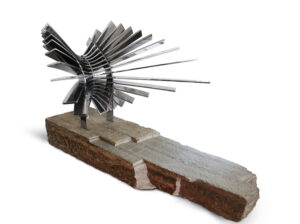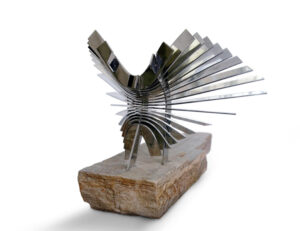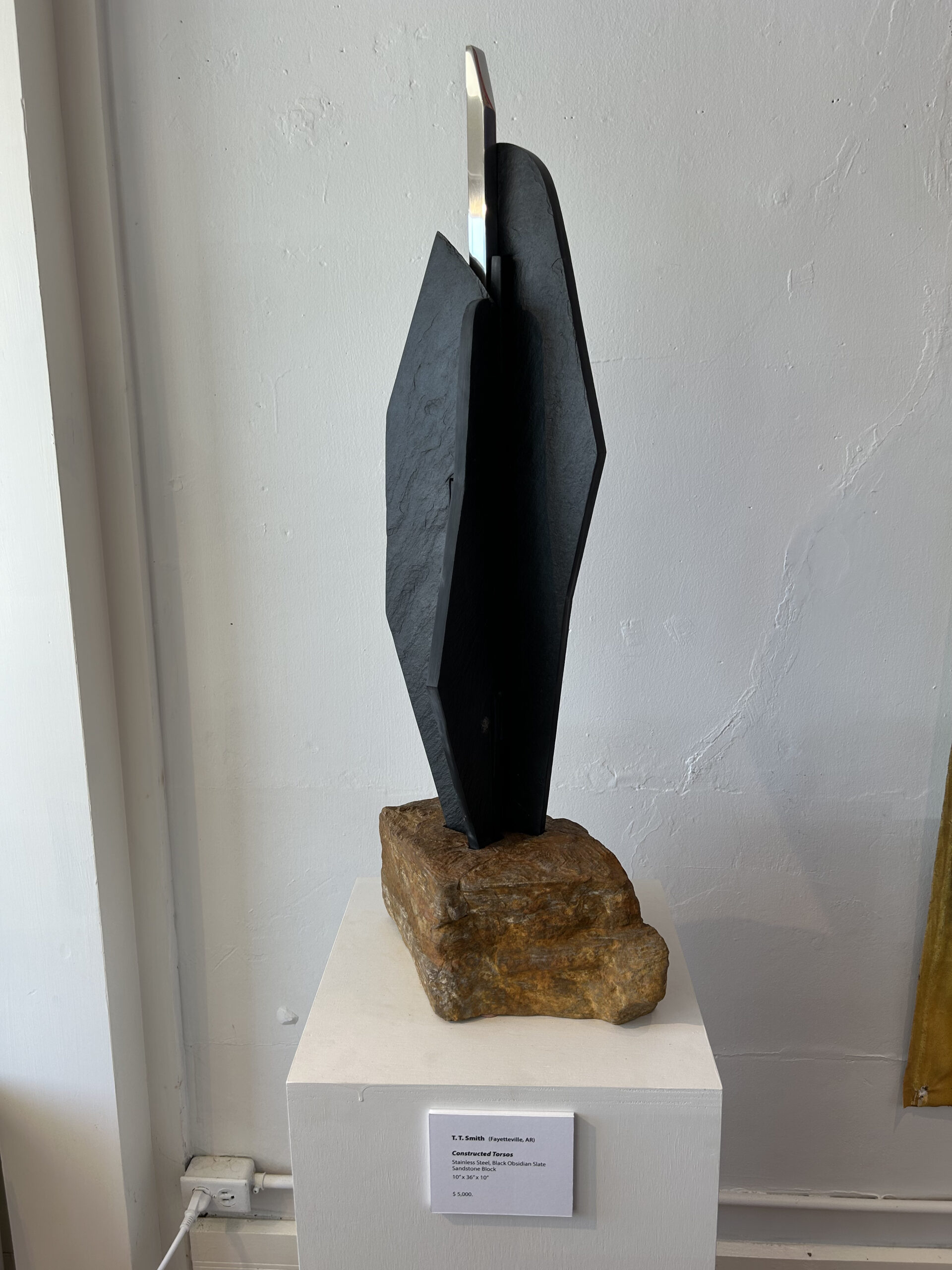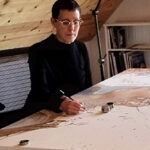Like now, childhood instinct seems to play a key part in my need to push past curiosity or caution if it will allow me to actualize a better perspective or grant me a better understanding along the way.
I remember first being able to interact creatively in a somewhat meaningful way. I was exposed like many, to animated series and science fiction cinema. But this exposure didn’t so much help me attached to the storylines or the characters. I was more drawn towards the surrounding landscapes, the transportation, and the designed abstract elements that greatly helped framed the tone of those stories. I found myself mimicking these objects and spaces, first by using a graphite pencil or Indian Ink illustrate them and eventually switching to shape more dimensionally with Potters Clay and direct carving using Balsa Wood Blocks. If I chapter back, I can remember two early influences that helped me break from secure familiarity and look towards an interest in visually creating solutions of my own. Watching Harper Goff’s visual manifestations of Jules Verne’s writings and being transported and inspired by Ralph McQuarrie’s conceptual artwork are attributed to my ongoing interest in abstract storytelling and the process of solving creatively.
Growing up surrounded by my grandparent’s modern art collection had a profound effect on me. Most of the artwork had been created by my grandmother’s brother, Cyril “Buzz” Brown. A notable illustrator, painter, and sculptor in the 1960s and 70s Big Sur art scene. He had studied with Boris Deutsch and Jack Otterson. Fevered, saturated brushstrokes depicting stoic figures were common staples of his work. His sculpture at the iconic Nepenthe restaurant, “Dark Angel,” was featured in Elizabeth Taylor and Richard Burton’s movie “The Sandpiper,” and still stands there today.
Throughout early schooling I continued illustrating with traditional pen and ink up until college, winning a second-place national illustration compilation along the way. I then found entry to CSF’s Design Program. I enrolled in courses taught by understudies of Paul Rand and Armin Hofmann.
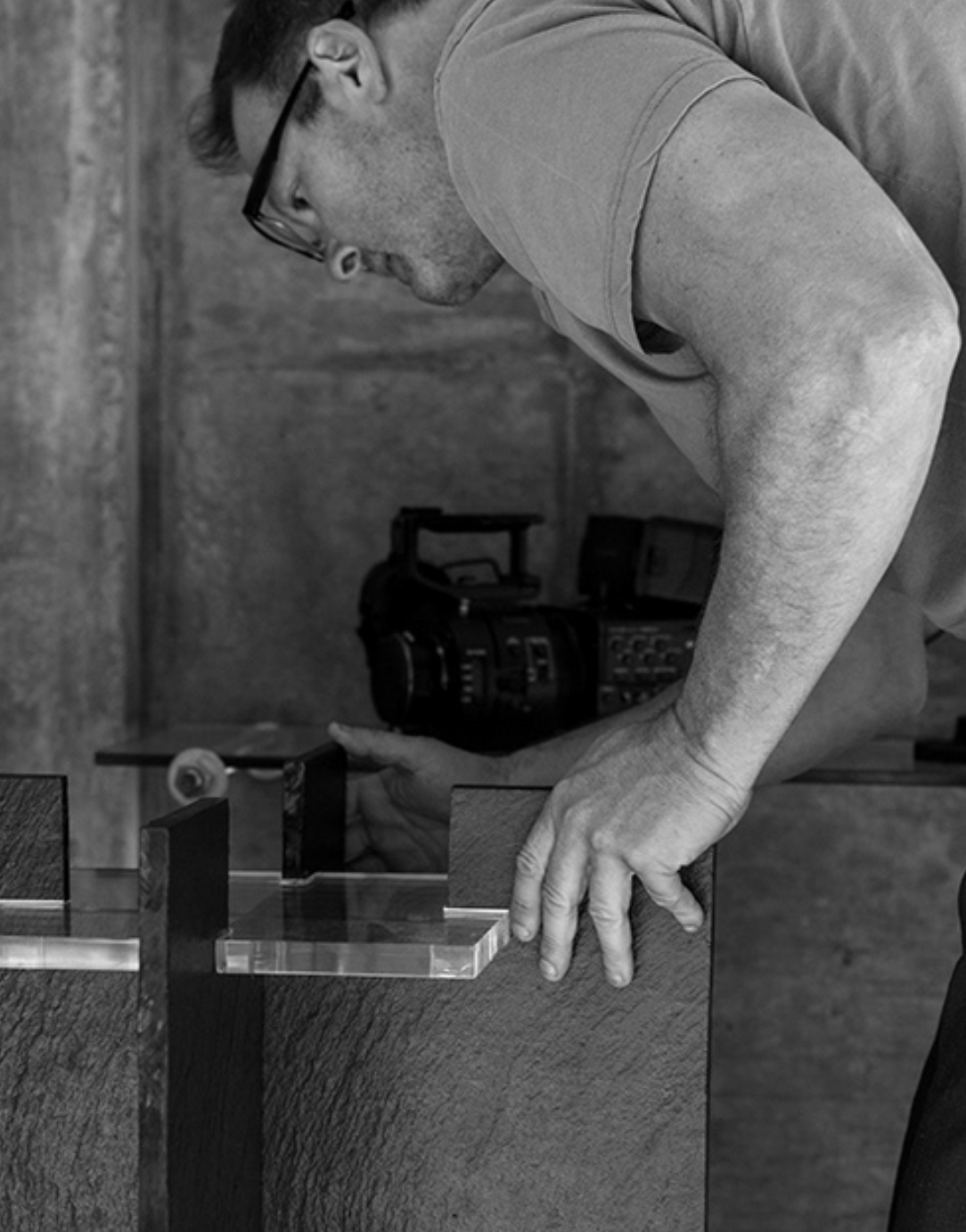
currently on exhibit
If you have any questions, please feel free to contact us.

